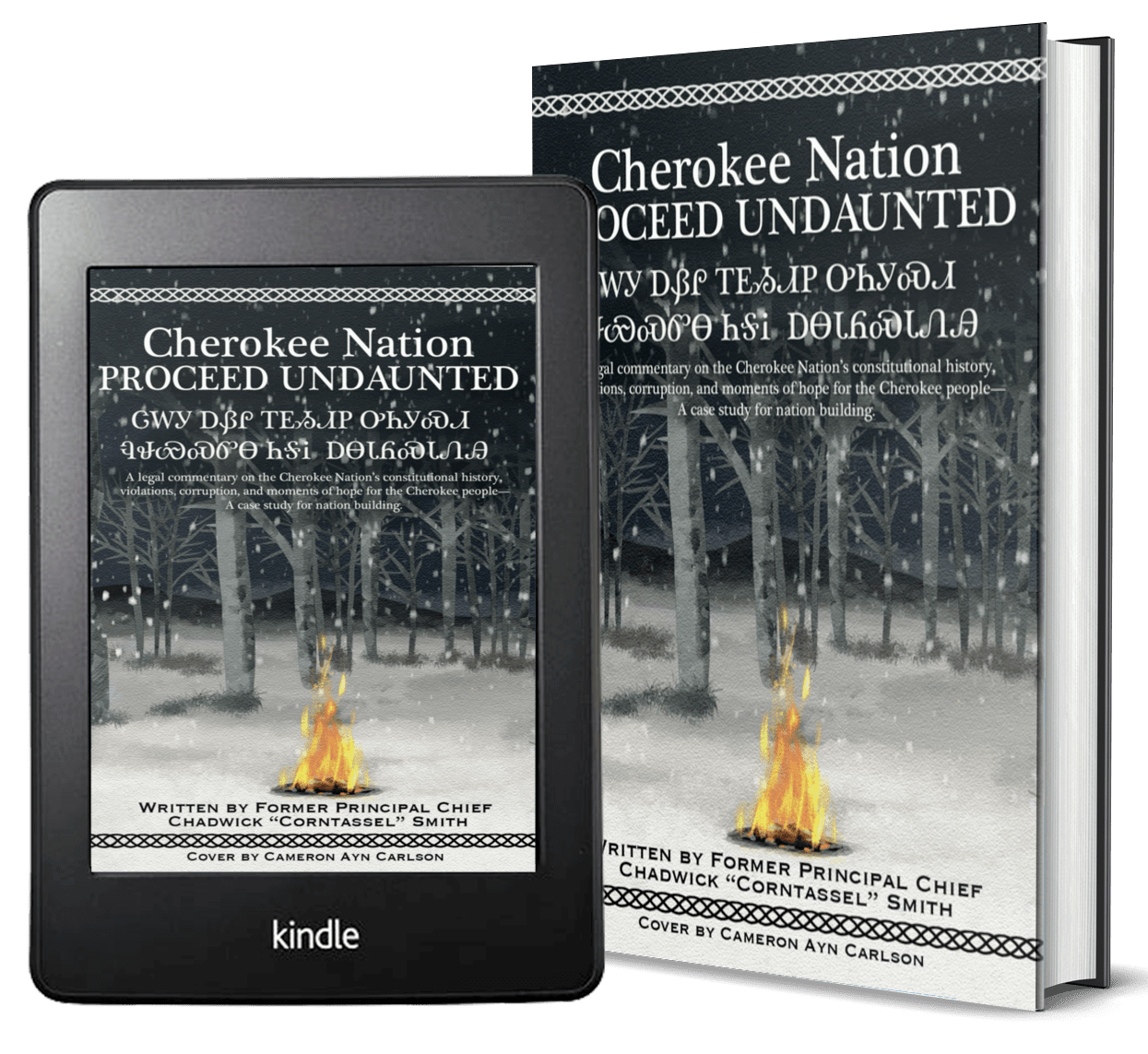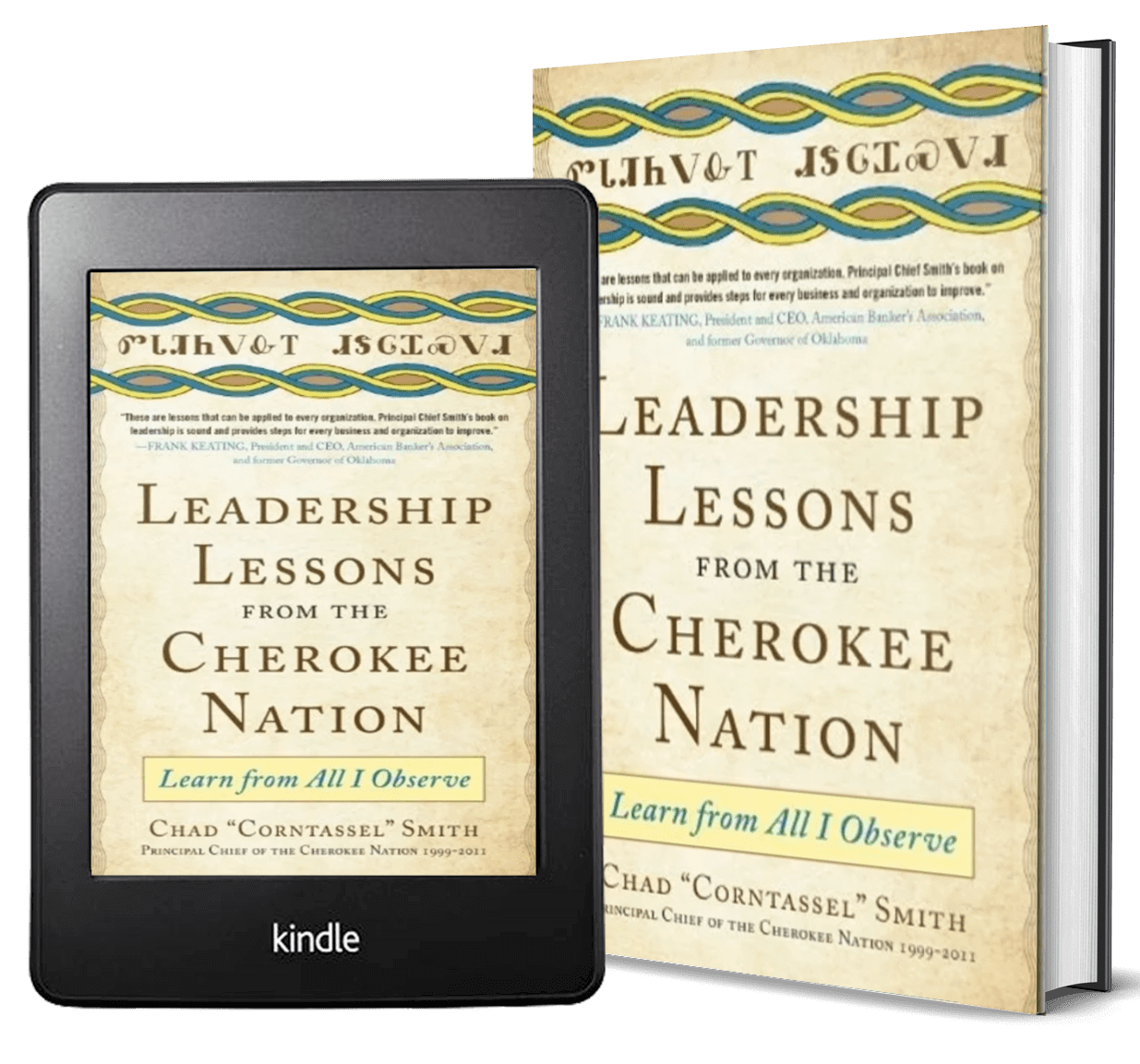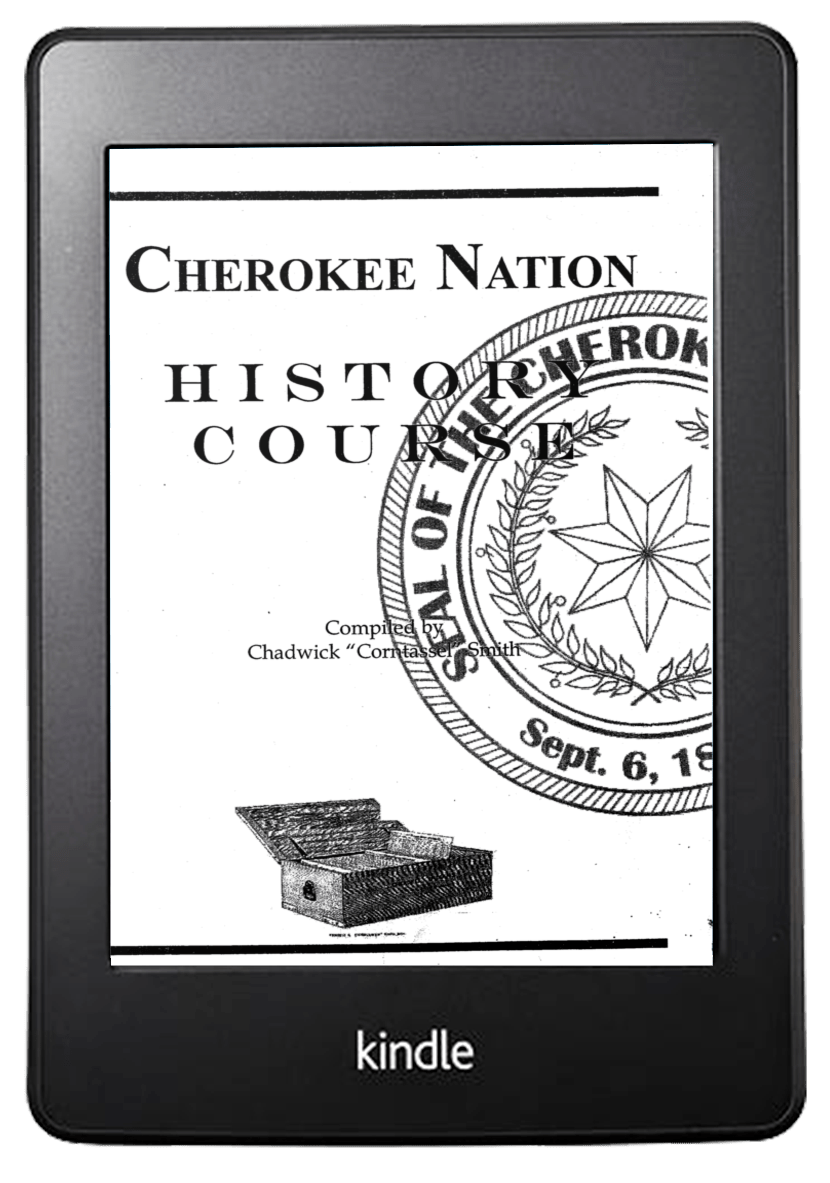Books

This book is a historical and legal commentary about the constitutions of the Cherokee Nation, the largest tribal government in the United States, the importance of leaders adhering to its constitution and law for it to survive, the origins of Cherokee fundamental principles that have driven Cherokee people toward a “designed purpose,” and inspirational stories of Cherokees who were Firekeepers and patriots.
This book reviews the political environment and origin of the Cherokee Nation’s first constitution in 1827, reflects on the reasons for changes in its subsequent constitutions in 1839, 1866, 1975, 1999, 2003, and 2007; and reports on multiple instances wherein the Cherokee Nation administration and court system violated not only the Cherokee Nation Constitution but also repealed protections of its citizens and undermined the integrity of the government.
Chapters include the Cherokee Nation Constitutional Crisis (1997), the Cherokee Supreme Court ignoring precedence in the Lucy Allen case (2006), political firings (2011), denial of free speech and due process rights (2011), political interference with elections (2013), protecting casino graft (2013), nepotism and cronyism (2013),bogus criminal prosecution retaliating for political affiliation (2016), denial of whistleblower rights (2016), the unconstitutional $175,000 overnight Principal Chief pay raise (2021), the Supreme Court literally rewriting the Constitution in the Nash case (2021), shutting out the Cherokee people from government and election information (2023), and avoiding a twenty-year default constitution convention (2024).
This book provides lessons for tribal and nontribal governments and organizations on what to do and not to do if they want to build vibrant and responsive governments.
There are 440,000 Cherokee Nation citizens; 1.2 million people on the last U.S. Census who claim Cherokee ancestry; attorneys, elected officials, and tribal members of over 400 tribal governments; and millions of people who live under constitutional governments who may find this book insightful.
The author, Chad Smith, is a Cherokee historian and constitutional law attorney and former Principal Chief of the Cherokee Nation (1999–2011). Smith wrote Leadership Lessons from the Cherokee Nation (McGraw-Hill, 2013), Building One Fire (University of Oklahoma Press, 2000), and complied the Cherokee Nation Legal History Course (Cherokee Nation, 1986, 450 pgs.).

“If you want to be successful, it is this simple. Know what you are doing, love what you are doing. And believe in what you are doing.” — Will Rogers
When Chad Smith became Principal Chief, the Cherokee Nation was a chaotic and dysfunctional entity. By the end of his tenure, 12 years later, the Nation had grown its assets from $150 million to $1.2 billion, increased business profits 2,000 percent, created 6,000 jobs, and dramatically advanced its education, language, and cultural preservation programs.
How could one team influence such vast positive change?
The Cherokee Nation’s dramatic transformation was the result of Smith’s principle-based leadership approach and his unique “Point A to Point B model”–the simple but profound idea that the more you focus on the final goal, the more you will accomplish . . . and the more you will learn along the way. In other words, “look at the end rather than getting caught up in tanglefoot.”
In Leadership Lessons from the Cherokee Nation, Smith combines Cherokee wisdom handed down from generation to generation with a smart leadership approach that takes today’s very real issues into consideration. He explains why this leadership approach works and how you can apply it to your own organization, whether business, government, or nonprofit. Learn all the lessons that drive powerful leadership, including how to:
- Be a lifelong learner
- Solve problems with creativity and innovation
- Recruit and develop strong leaders
- Delegate wisely
- Act with integrity and dignity
- Don’t be distracted from your objective
- Lead by example
More than a simple how-to leadership guide, Leadership Lessons from the Cherokee Nation offers a holistic approach to the subject–how to become a powerful leader inside and direct your energy outward to accomplish any goal you set your mind to.
Praise for Leadership Lessons from the Cherokee Nation:
“These are lessons that can be applied to every organization. Principal Chief Smith’s book on leadership is sound and provides steps for every business and organization to improve.” — Frank Keating, President and CEO, American banker’s Association, and former Governor of Oklahoma
“An indelible chronicling of time-proven elements for tribal and organizational success; just as applicable today as they were a thousand years ago.” — Jay Hannah, Cherokee Citizen, Executive Vice President of Financial Service, BancFirst, and former Chairman of the 1999 Cherokee Constitution Convention
“A remarkable account of how the Cherokee Nation reached a pinnacle of success by incorporating common elements of planning, group action, and sharing credit for that success.” — Ross Swimmer, former Principal Chief of the Cherokee Nation 1975-1985 and former Assistant Secretary for Indian Affairs, US Department of the Interior
“Chief Smith shares stories with lessons that work in business; it is not where we are, but where we aspire to go that counts.” — Harold Hamm, Chairman and CEO, Continental Resources, Inc.
“Chief Smith shares from a Cherokee perspective how to get from where you are to where you want to go.” — Archie Dunham, Independent Non-Executive Chairman, Chesapeake Energy, and former Chairman, ConocoPhillips
“Outlines the reasons for the Nation’s amazing growth and stability during [Chief Smith’s] term. His principles of organization, leadership, and caring make sense; they work in all organizations.” — David Tippeconnic, CEO, Arrow-Magnolia International, Inc., and former President and CEO, CITGO Petroleum Corp.

In Building One Fire, Chad Smith and renowned Cherokee-Osage scholar and author Rennard Strickland present a unique look at Cherokee art through the lens of Cherokee philosophy. Since the time when Water Spider brought the gift offire to the Cherokee people, the One Fire, “the Ancient Lady,” has been at the center of Cherokee spiritual life.
From this fire, which represents community, thewhite smoke of prayer rises to Nitsudunvha, One Who is Always Above. In return Nitsudunvha sends to each person four sets of gifts with whichto develop mind, body, and spirit. These gifts are brought by four messengers, one from each of thecardinal directions. The gifts of the four messengers, the colors and qualities associated with them, and the four-pointcircle that embraces the sacred fire—all these arepart of Cherokee consciousness and creativity.They take visible form, subtly or directly, in works created by Cherokee artists.
This book presents more than 200 art-works by some 80 artists which speak to what it means to be Cherokee. Cherokee philosopher Benny Smith shares his teachings about Cherokee world view, Cherokee art is laid before the reader in a visual feast, and a special endingsection celebrates the vivaciousness of child artists who represent the next generation’s creative Cherokee citizens.
